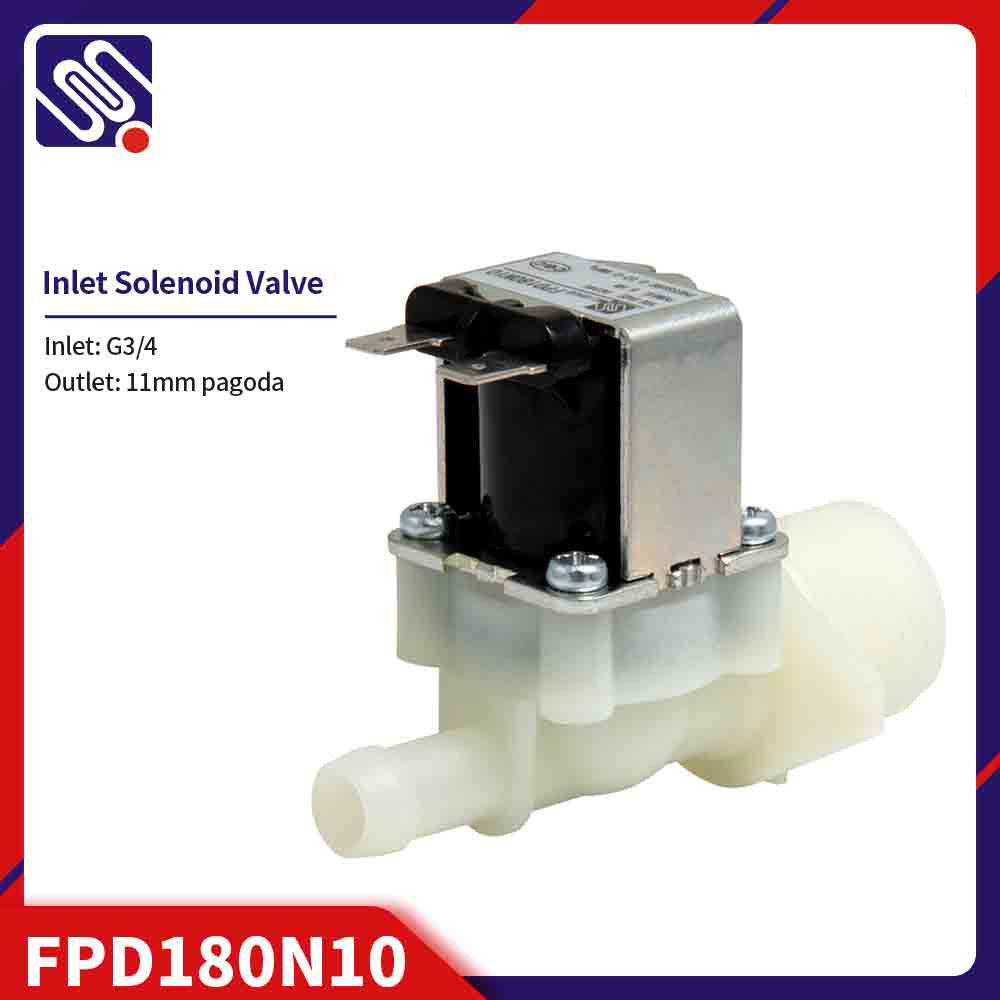solenoid valve for liquid control: efficient automation in fluid systems
Release time:2025-10-20 02:54:52
A solenoid valve for liquid control is an essential component in fluid handling systems, enabling efficient automation and precise control of liquid flow. It operates on the principle of electromagnetism to regulate the opening and closing of valves, allowing for the seamless regulation of fluid passage. These valves are widely used across various industries due to their ability to operate automatically, ensuring reliable, precise, and cost-effective fluid control. This article explores the design, working principle, applications, and advantages of solenoid valves for liquid control.

Working Principle of Solenoid Valve for Liquid Control
The basic operation of a solenoid valve for liquid control is relatively simple. The valve consists of an electromagnetic coil, a plunger, and a valve body. When electrical current passes through the coil, it creates a magnetic field that activates the plunger. The plunger then moves to either open or close the valve, depending on the type of solenoid valve.
Normally Closed (NC) Valve: When the solenoid is not energized, the valve remains closed. Upon applying electrical current, the solenoid coil generates a magnetic field, causing the plunger to lift and open the valve, allowing liquid to flow.

